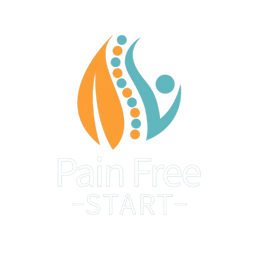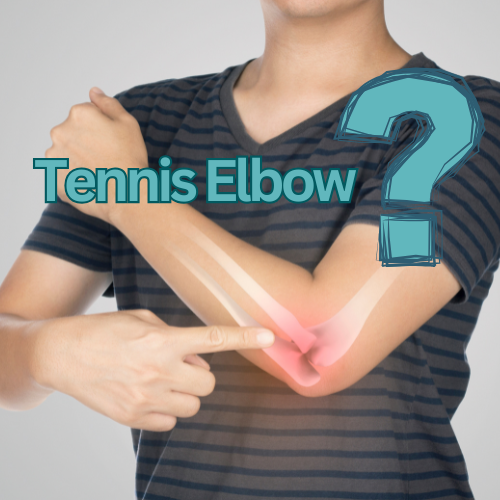Introduction
If you’re experiencing pain around your elbow, you might be wondering if it’s tennis elbow. This condition is more common than many people realise—and it’s not limited to tennis players! Tennis elbow, or lateral epicondylitis, affects many people who use repetitive arm movements. In this post, I will walk you through the typical symptoms, so you can understand what might be causing your discomfort and take the first steps toward relief.
What Is Tennis Elbow?
Tennis elbow is caused by a strain to tendons on the outside of the forearm. The tendons become inflamed and unhealthy when they join the bony part on the outside of your elbow joint. Activities that use repetitive movements like gripping or twisting. This injury commonly affects people who play racquet sports, but most cases are not related to any kind of exercise but result from everyday activities like manual work, gardening, typing, or lifting.
Golfers’ elbow is a similar condition that affects the inside of the elbow near your funny bone.
5 Common Symptoms of Tennis Elbow
Symptoms vary – from mild discomfort when you move your arm to pain that disturbs your sleep.
- Pain on the Outside of Your Elbow
The main symptom is a sharp or aching pain on the outer part of your elbow. This pain can sometimes spread down your forearm and may even reach your wrist. - Weak Grip Strength
Tennis elbow can make your grip feel weaker. If holding a coffee mug, turning a doorknob, or shaking hands feels harder than usual, it might be a sign of this condition. - Pain with Specific Movements
Lifting, bending, or twisting motions—especially involving the wrist—can worsen the pain. If you notice discomfort when picking up objects or using tools, tennis elbow could be the culprit. - Tenderness on the Outer Elbow
Pressing on the bony area on the outside of your elbow may feel tender or painful There may also be swelling, a sign of inflammation in the affected tendons. - Pain That Worsens Over Time
Unlike a sudden injury, tennis elbow often develops gradually. You may notice mild discomfort initially, but it can worsen if the affected area doesn’t get a chance to heal.
What to Do If You Suspect Tennis Elbow
If these symptoms sound familiar, it’s worth learning more about the condition. I offer a FREE masterclass to guide you in recognising the signs of tennis elbow and provide you with initial relief tips. Together we assess your elbow so you know if tennis elbow is the culprit and what steps to take next.

When to Seek Professional Help
Some cases of tennis elbow improve with rest and simple exercises, but others benefit from a structured recovery plan. If your pain persists or interferes with daily life, a physiotherapy-based approach can make a significant difference. My online program offers comprehensive support, tailored to help you recover faster and reduce the chances of recurrence.
Conclusion
Hopefully, you now have a better understanding of the common symptoms of tennis elbow. If you need more help to clarify whether tennis elbow might be your issue, join my FREE masterclass and we can assess your elbow together. Clarity and understanding what’s involved is the first step toward finding relief, and I’m here to guide you every step of the way.
Take care, Helen
Helen Manders BSc (Hons) MCSP HCPC
Chartered Physiotherapist Since 2001



